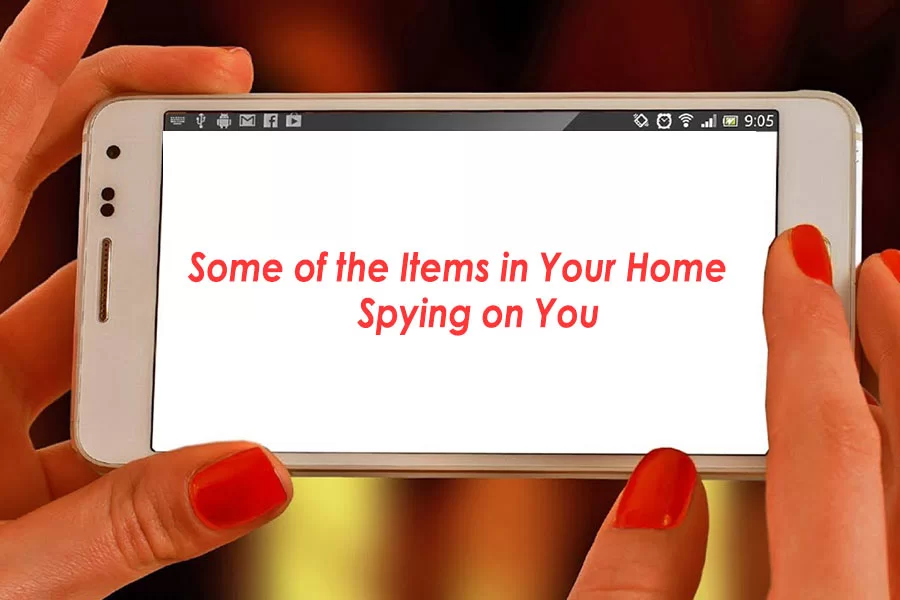Because smart speakers, TVs, thermostats, video doorbells, and other digital products often have microphones or cameras that are always online, hackers may be able to listen in.
Here’s a list of devices that may be used to spy on users, as well as tips on how to safeguard yourself and your house.

Televisions
Many modern televisions can connect to the internet, surf the web, run applications, and be controlled by voice, among other things.
Automatic content recognition (ACR) can track what you’re looking at and serve you customized ads across several platforms.
Many people consent to ACR when their televisions are installed, but it can be turned off.
The disable function varies from TV to TV, but can usually be found in general or advanced settings by selecting options like “viewing information” or “viewing data.”
More: Upgrade Your Smart TV With The Best Streaming Devices
Kitchen Appliances
While a smart fridge might be a tremendous convenience, it also puts those who own one at risk of cyber assaults.
For years, potential vulnerabilities in smart kitchen gadgets have been highlighted.
In this situation, experts advise conducting a risk vs. reward analysis to determine whether or not having your refrigerator connected to the internet is truly beneficial.
More: Cheap Wifi Coffee Maker
Webcams/Home Security Cameras
Malware on your computer might take control of the webcam and record you if it is installed.
Security camera footage may also be targeted and transferred to other locations.
To avoid missing any security updates, make sure your devices are up to date.
More: Best Outdoor Security Camera without Subscription
Smart Bulbs
With technology going into more and more places in the home, even our lamps, it does open up the opportunity to breaches.
Last year, a hacker was able to launch an attack on a home computer network through a Philips Hue smart lightbulb.
Philips quickly issued a security update that addressed the issue. If you use these products, it’s important to make sure you keep track of any updates as well.
Thermostats
While technologies like Nest might be useful when you’re not at home, they’ve also raised worries about privacy.
The Google-owned Nest, on the other hand, is devoid of both a camera and a microphone.
However, this isn’t true for all temperature sensors. Microphones are present in ecobee4 items that enable Alexa.
Users can, however, employ a privacy mode that can be turned on once the thermostat is installed. Simply choose “voice control off” from the microphone icon on the thermostat screen.
Modems (or internet service providers)
Your internet service provider could compile a list of websites you have communicated with if it was asked to do so.
Even if the providers themselves do not spy on customers, their technical employees could probably still do it.
Many people also package their internet service provider with cable or other TV services
More: 4 Great Wi-Fi Extenders To Boost Your Wireless Connection At Home
Smart Speakers
By design, many smart speakers are always listening to us.
If you are concerned about what your smart device may be gathering or recording about you, there are ways to delete information.
For Amazon Alexa, users can request that the device “delete what I just said.” For Google Assistant, users can say, “delete my last conversation.”
Users would first have to enable the “delete by voice” option in their settings.